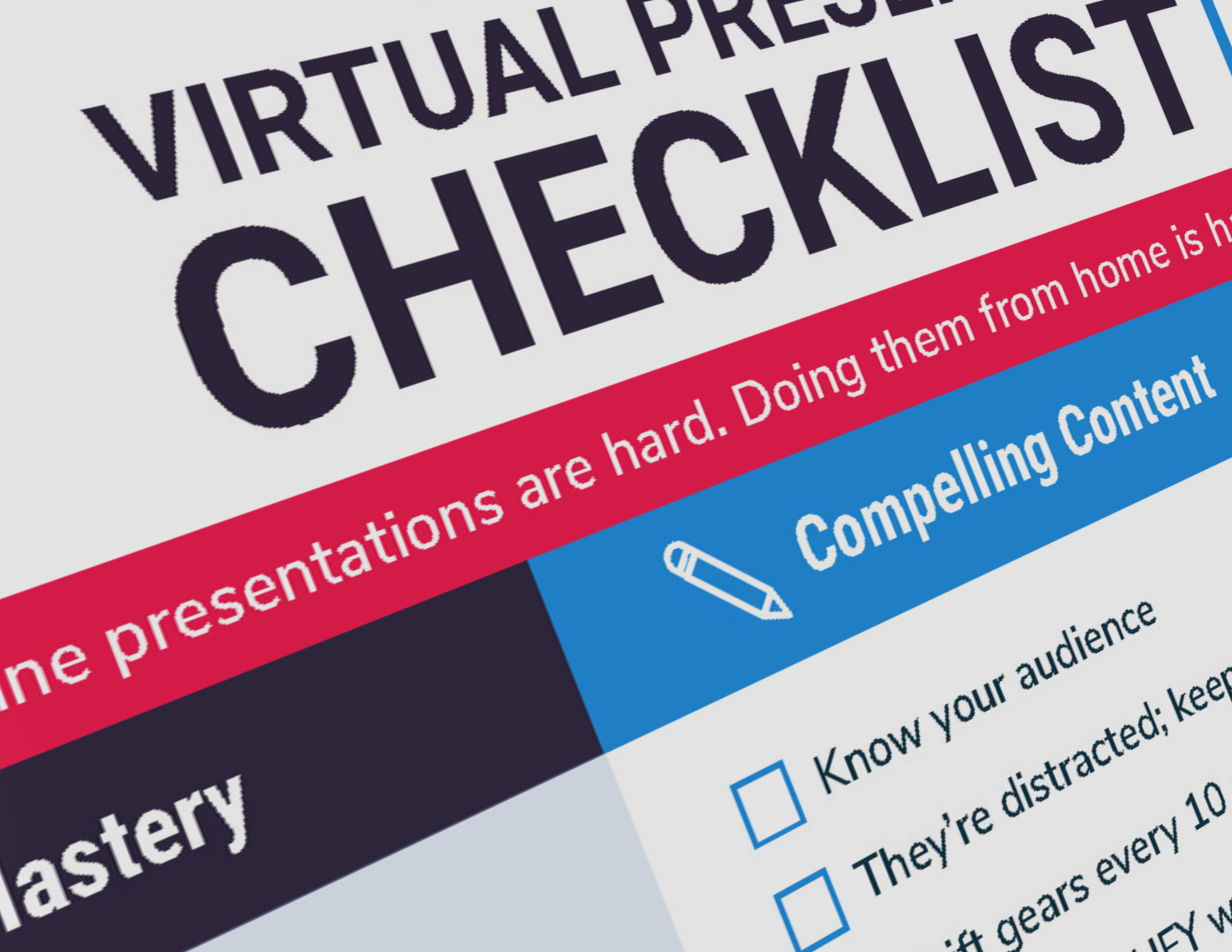 Everybody’s into email marketing these days, from big businesses to entrepreneurs, from musicians to writers.
Everybody’s into email marketing these days, from big businesses to entrepreneurs, from musicians to writers.
It’s no wonder—it’s one of the most effective marketing tactics there is. And with tools like Constant Contact and Mail Chimp, anyone can do it. And that’s the trouble—many people aren’t doing it right.
Are You a Spammer?
In fact, they’re spammers. They don’t think of themselves that way, but they are. Maybe you’re one of them.
Now I’ll be the first to say that I am no email marketing expert. I have a subscriber list of my own, but I’m writing this from the perspective of an email recipient. One who’s tired of getting spammed.
So if you want to annoy readers and turn people off, then go ahead and ignore this list. If you want to do better, read on.
1. Do Not Email People Without Their Permission
It’s an age-old rule (in Internet time, at least) called “permission marketing.” It’s a term coined by Seth Godin, who says:
Permission marketing is the privilege (not the right) of delivering anticipated, personal and relevant messages to people who actually want to get them.
The key word is “permission.” It means that people have to give you permission to email them.
2. Do Not Email People Without Their Permission
Permission means that they “opt in.” When someone hands you a business card at a networking event, that does not constitute permission to add that person to your email list. When someone buys a ticket to your event, that is not permission.
And just because somebody adds you to her list doesn’t mean you get to add her to yours!
Only when people deliberately sign themselves up (as with the form to the right of this post) do you have permission to email them.
3. Do Not Email People Without Their Permission
I know what you’re thinking. “These people are my friends/colleagues/customers—we’re already in touch/Facebook friends/LinkedIn contacts. Surely I can add them to my list!”
No, you can’t. Just because they like you or support you doesn’t mean they want to get emails from you. So don’t assume they do.
By the way, I didn’t even add my mother to my email list—she had to opt-in like everyone else.
4. Do Not Email People Without Their Permission
If you’re getting a sense of deja-vu, it’s because this rule is so, so, so important.
It’s also the law. Here is a plain-English guide to what’s known as the CAN-SPAM Act, which is very clear.
5. Do Not Email People Without Their Permission
“But my stuff isn’t spam,” you’re thinking. “I’m not trying to rip anybody off.”
You may be confusing “spammer” for “scammer.” You don’t have to be a Nigerian prince or selling “V1agr@” to be a spammer. Spam is spam, and if it’s unsolicited, that means it’s spam.
6. Do Not Email People Without Their Permission
“But I’m not even selling anything!” Okay, let’s get real. We’re all selling something. Whether you’re promoting your band’s next gig, asking people to support your favorite charity, or just updating us about your fabulous life, it’s all “selling.”
But I’m no lawyer, and there may indeed be exemptions for non-commercial messages. But it is, at minimum, a violation of the spirit of anti-spam laws to add people to your list without their permission.
7. Do Not Email People Without Their Permission
Maybe you’re thinking, “If they didn’t want my emails they’d unsubscribe.” Sure, they can unsubscribe, but there’s a multitude of reasons people stay on lists they don’t want to be a part of, from simple human inertia to concern about hurting the sender’s feelings.
But you shouldn’t be putting people in that position in the first place.
8. Do Not Email People Without Their Permission
“Okay, so how am I supposed to get subscribers if I can’t email them?” You can promote your list on social media, your website, on your business cards and other places.
And you could even send people an email asking them to subscribe to your list. Again, I’m not a lawyer, but there’s a difference in principle between a one-time request and adding people to an ongoing monthly or weekly email list.
9. Do Not Email People Without Their Permission
“But I need lots of subscribers!” No you don’t. What you need are readers, not subscribers.
Your number of subscribers is what’s called a vanity metric. And while it may make you feel good to say you have 1,000 or 10,000 subscribers, how many of them actually open your emails? How many click on the links you include? (Your email client will have those stats.)
Most of all, how many take the action you request? That’s the ultimate metric.
You want subscribers who are engaged, and the quickest way to turn people off is to add them to your list without their permission.
10. Do Not Email People Without Their Permission
Do I really have to say it again? Okay, I’ll let a real expert say it. Check out this list of rookie email marketing mistakes from Mail Chimp. You’ll see that “permission” is a running theme.
Your Reputation is in Your Hands
Now you may find an email marketing expert who will tell you to add anyone and everyone to your list. That everyone does it and that the rewards outweigh the risks.
But the real professionals don’t do it, and neither should you.
(This post originally ran on the InNetwork blog)
Photo Credit: Heberger Site via Compfight cc




